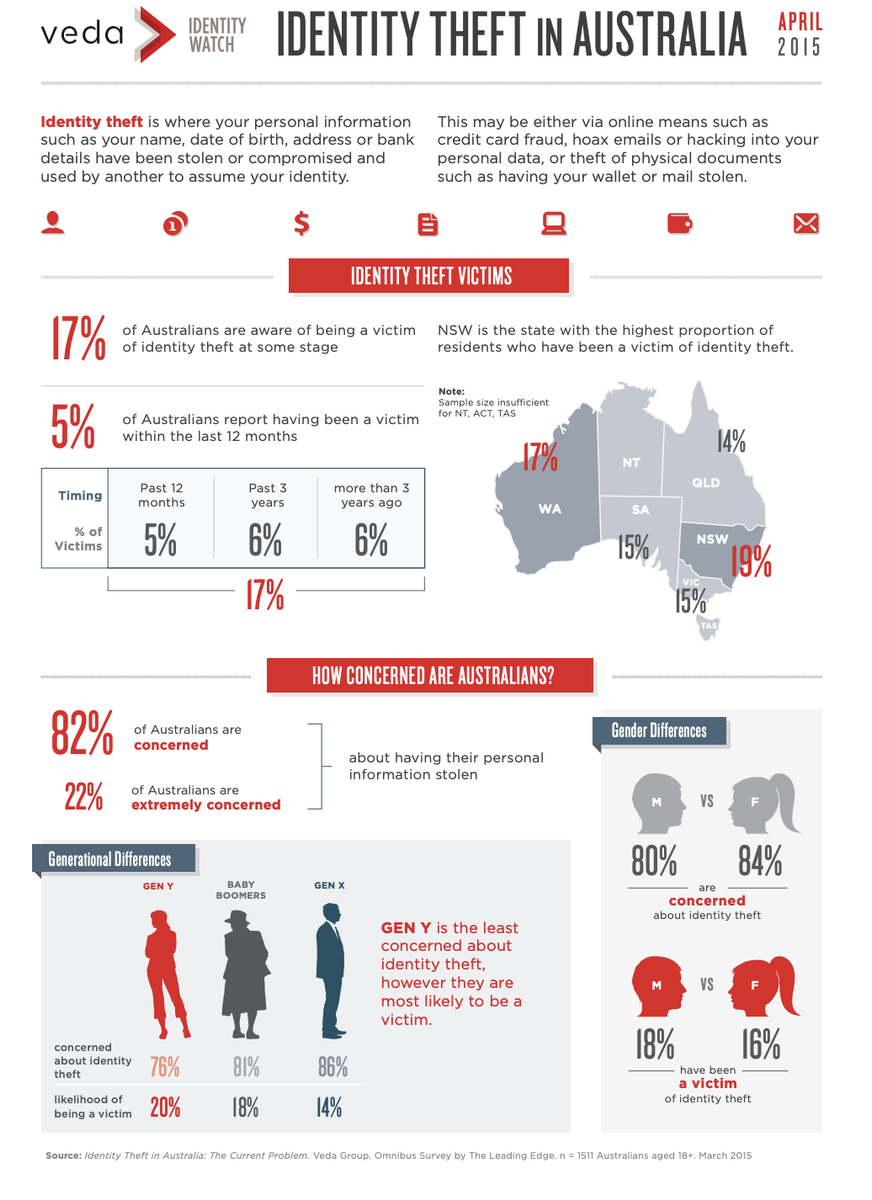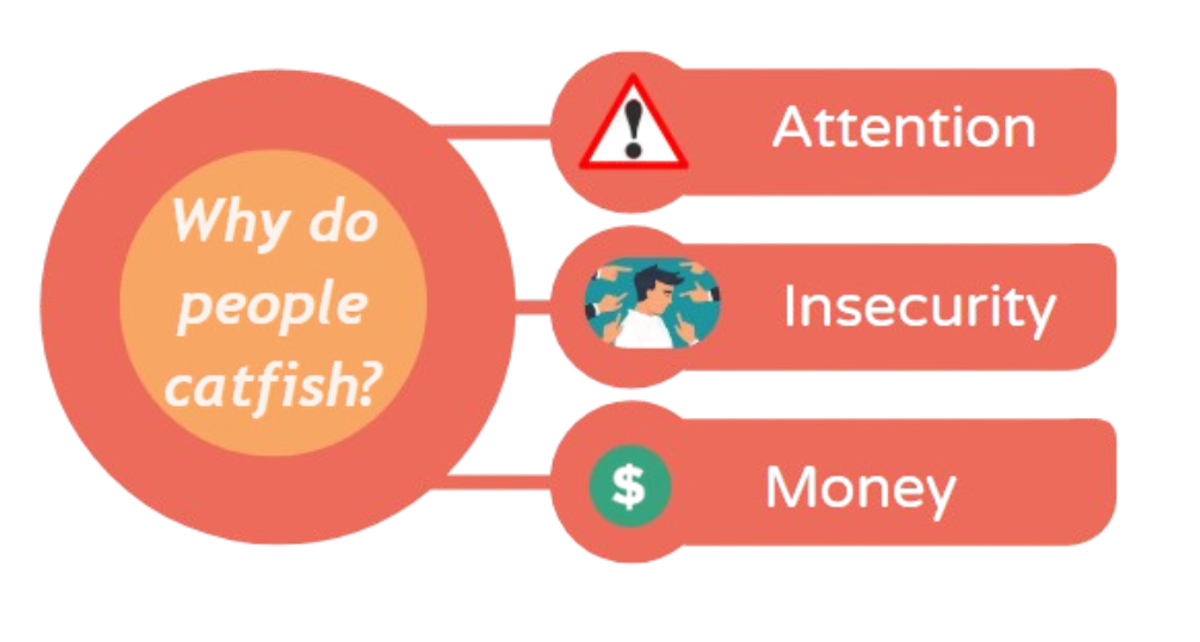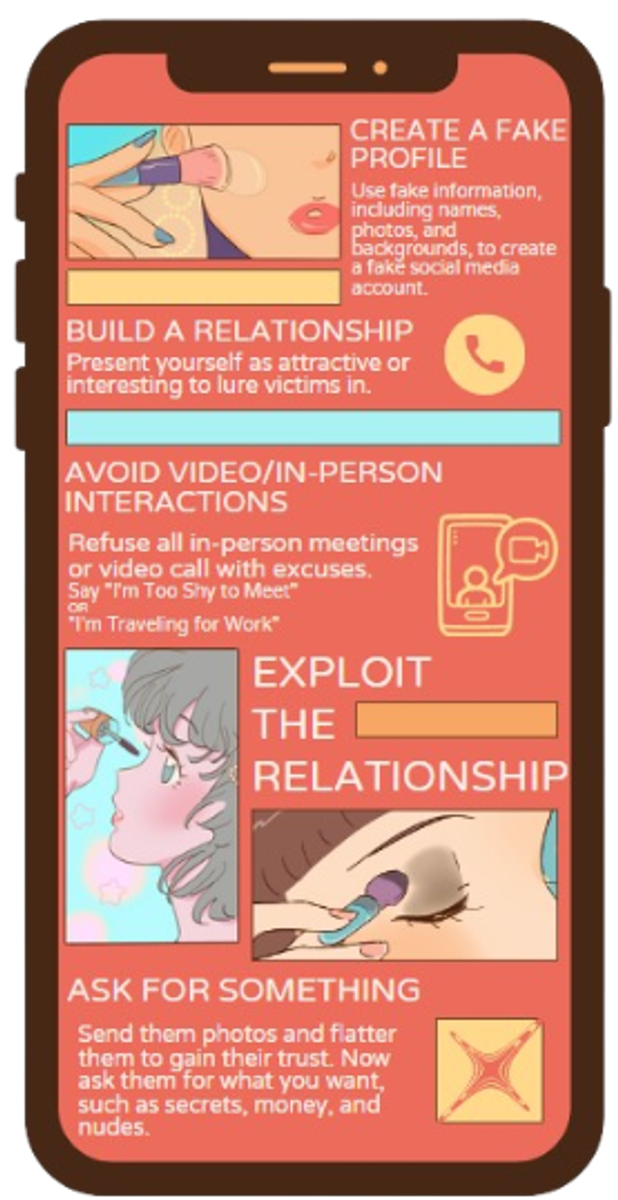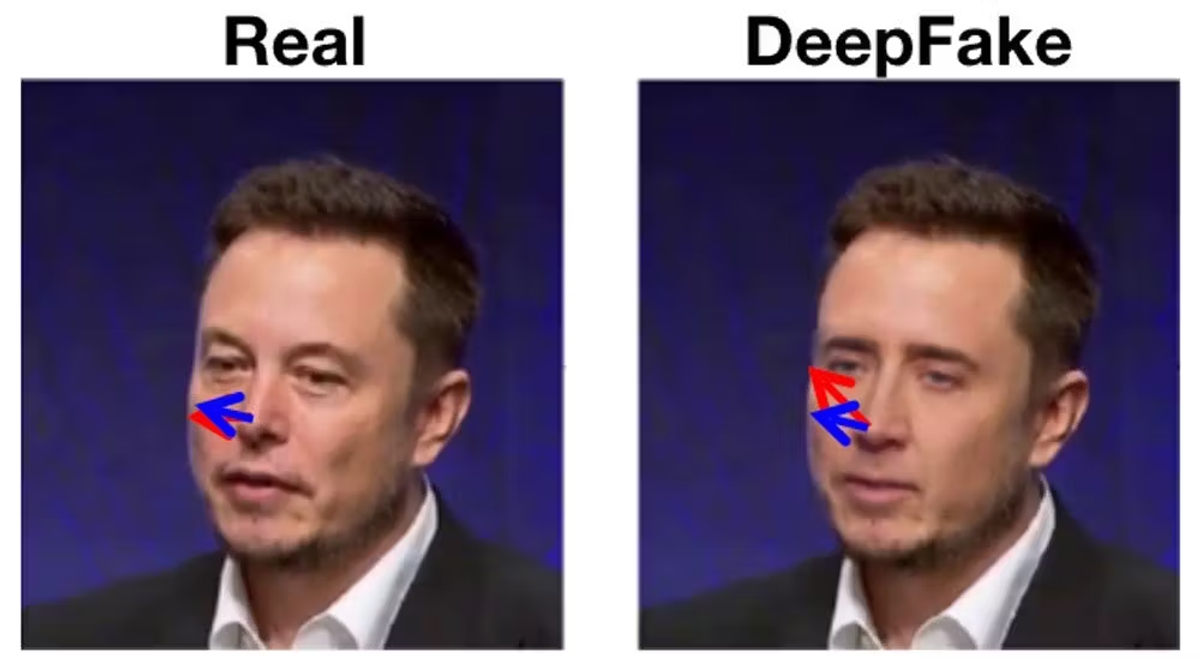Middle School
(Years 9 and 10)
Year 9 Ignite Program
Year 9 Crime and Punishment Student Work - Identity Theft, Catfishing, Deepfakes
Meet the team

Middle School
(Years 9 and 10)
Year 9 Ignite Program
Year 9 Crime and Punishment Student Work - Identity Theft, Catfishing, Deepfakes
Meet the team
This was our first time participating in the program, which is a dynamic initiative designed to build real-world skills and confidence.
Students took part in a range of hands-on activities, earning micro-credentials in barista skills, food handling, and the preparation of non-alcoholic beverages. They also explored key life skills in leadership, teamwork, connection, and resilience.
A huge thank you to our inspiring guest presenters: The Break, Kano from Third Culture, The School of Play, and Short Courses Australia.


















by Angelina V., Mary A., Charlotte W., Jasmine P., Charlotte H-F., and Anastasia P.


Identity fraud occurs when someone uses another person's personal and important information—such as their name, age, address, Social Security number, or bank details—leading to significant financial and emotional consequences for the individuals affected.
Tricks of the Trade
Identity theft can occur in various ways:
Warning Signs of Identity Fraud
Being aware of the warning signs of identity theft is key to stopping it early. These signs may include:
How to Protect Yourself
To reduce the risk of identity theft, take the following preventive steps:
Taking these precautions can significantly lower your chances of falling victim to identity theft and help you maintain control over your personal and financial data.
Real-World Example: David Kee Crees
One of the most significant cases of identity fraud in recent Australian history involved David Kee Crees, a 26-year-old from Adelaide, who operated under the aliases "DR32" and "Abdilo." Between 2020 and 2021, Crees led a transnational cybercrime network that targeted government and academic systems, trafficking over 500,000 stolen credit card records.
His crimes included identity theft, cyber fraud, and money laundering. After pleading guilty in multiple U.S. court trials, he was convicted on 14 charges and sentenced to 2.5 years in prison. He was ordered to forfeit $245,000 in illegal earnings and was deported back to Australia in 2025. His case underscores the scale and seriousness of identity theft in the digital age.
What To Do If You’re a Victim
Report the identity theft to ReportCyber
Visit the ReportCyber website, managed by the Australian Cyber Security Centre (ACSC), to report cybercrime and identity theft. Your report may be forwarded to police and relevant government agencies for investigation.
Contact your bank and financial institutions
Immediately notify your bank, credit card providers, and any other financial institutions to freeze or close affected accounts. Request new cards, and ask them to monitor for suspicious activity.
Place a temporary ban on your credit report
Contact the major credit reporting agencies in Australia—Equifax, illion, or Experian—to request a temporary credit ban. This stops new credit being issued in your name while the issue is being resolved.
Get a copy of your credit report
Request a free copy of your credit report from all three agencies to check for unauthorised accounts or activity. Regularly monitor your report for new entries or suspicious changes.
Gather evidence and file a police report
Report the crime to your local police station. Bring along identification, proof of address, any evidence of the theft (e.g. bank statements, letters, or emails), and your ReportCyber reference number. Request a copy of the police report for your records.
Notify Services Australia (if applicable)
If your Medicare, Centrelink, or Child Support details have been compromised, contact Services Australia at 1800 941 126 to report the breach and secure your information.
Secure your online accounts
Change all your passwords immediately, especially for banking, email, and social media accounts. Enable two-factor authentication wherever possible.
Keep a written record of your recovery process
Document every step you take: dates of phone calls, copies of letters, emails, and names of people you spoke with. This can be vital for resolving future issues or proving fraud.


Catherine M., Jaylana T., Jessica H., Siddhi GP.


Catfishing: An online form of deception where someone creates a fake online identity to trick and control others. It is often used to scam people out of money, blackmail them or harm them in some way.
Did you know?
Catfishing is one of the most common scams in Australia. According to the Australian Competition and Consumer Commission (ACCC), in 2019 Australians reported approximately 4,000 romance scams, costing Australians over $28 million.
By 2021, the figure had increased to over $56 million. While catfishing used to be more common among adults, in recent years it is equally common among teenagers, according to the Cybersmile Foundation.
A research by Snapchat two years ago, discovered that more than 6,000 teenagers and young people in Australia, France, Germany, India, the UK and the US had almost two-thirds of them or their friends had been catfished or targeted by hackers to obtain images that were later used to extort them.
Interesting facts:
In a study published in 2023, Evita March, senior lecturer in psychology at Federation University in Australia, found that in a sample of 664 participants (55.8 percent men, 40.3 per cent women, 3.9 percent other/missing), people who exhibited stronger personality traits of sadism, psychopathy, and narcissism were more likely to catfish. Additionally, it was found that men were more likely to catfish than women.
Advice or Tips:
Australia’s independent regulator for online safety, eSafety Commissioner, suggests the following to avoid catfishing:
Ask yourself this:
→ Are the photos really them? Do a reverse image search of the person to see if their profile picture or any photos they share with up show up for someone with a different name. If they do, it is likely that they are using a fake persona.
→ Are they active on social media? A low friend count, not many posts, and not being tagged by others on social media, can be signs of a fake identity.
→ Do they seem to know a lot about you or are interested in all the same things as you? Catfishers research their victims' digital footprint, which is everything about them that’s been posted or shared on your socials and elsewhere online. They use this information to make it seem like they are your ‘perfect match’.
If you ever wonder if it’s that serious, just know that it is…
In 2007, 15-year-old Carly Ryan from South Australia was murdered by Garry Francis Newman, a 50-year-old online predator who had catfished her for over a year.
Posing as “Brandon Kane,” an 18-year-old musician on MySpace, Newman gained Carly’s trust and later visited her home pretending to be Brandon’s father. He brought her gifts and attended her birthday party. After Carly rejected his advances, Newman lured her to a beach in Port Elliot, where he assaulted and murdered her. He was arrested 11 days later and sentenced to life in prison with a 29-year non-parole period.
In the aftermath, Carly’s mother, Sonya Ryan, created the Carly Ryan Foundation to promote online safety and prevent similar tragedies. Her efforts led to the introduction of “Carly’s Law” in 2017, which makes it illegal for adults to misrepresent their identity online with the intent to harm minors.Carly’s case highlights the serious risks of online grooming and the critical need for internet safety education and awareness.




By Julian L., Ewan F., Peter S., Mihalis T. and Alfie W.


What is a deepfake?
Deepfakes are manipulated digital media, like videos, audio, or images, created using AI to convincingly portray someone doing or saying things they didn't actually do or say. They're generated using deep learning
techniques, which involve training AI models on vast datasets to recognise patterns and recreate them convincingly. What to look out for?
What to look out for?


This is a real picture of Elon Musk, and on the right side is a picture of Elon Musk's body with Nicolas Cage's face.
When coming across a scam investment opportunity ad or news articles, there are red flags to look out for:
Incidents
Take the recent case in Hong Kong, where a finance worker transferred $39 million, thinking they were on a video call with their CFO and colleagues. Turns out, they were talking to deepfake impostors. This incident shows how deepfake tech is becoming a real threat in financial fraud.
Deepfake videos and fictional news reports featuring the money expert Martin Lewis, the radio DJ Zoe Ball and the adventurer Ben Fogle were used to promote fraudulent cryptocurrency and other investment schemes. The scammers are understood to have still been contacting victims in recent weeks.
Deepfake videos and fictional news reports featuring the money expert Martin Lewis, the radio DJ Zoe Ball and the adventurer Ben Fogle were used to promote fraudulent cryptocurrency and other investment schemes.
The scammers are understood to have still been contacting victims in recent weeks. When encountering a scam investment opportunity ad or news article, there are red flags to look out for: time-sensitive wording, such as “one-time offer” and “invest now”. The opportunity is “low risk and high reward”. It is only for a small group of people or followers. The trading platform has made significant profits for the celebrity. Strange facial expressions or movements in the video or out-of-sync audio and mouth movements, this is an indicators that the material was made with AI and is a deepfake.




Naomi O'Brien-D'Ambra Jess Ferguson
Director of Middle School Middle School Coordinator
obr@cheltsec.vic.edu.au frj@cheltsec.vic.edu.au




Owen Rigby Olivia Webb
Middle School Coordinator Middle School Coordinator